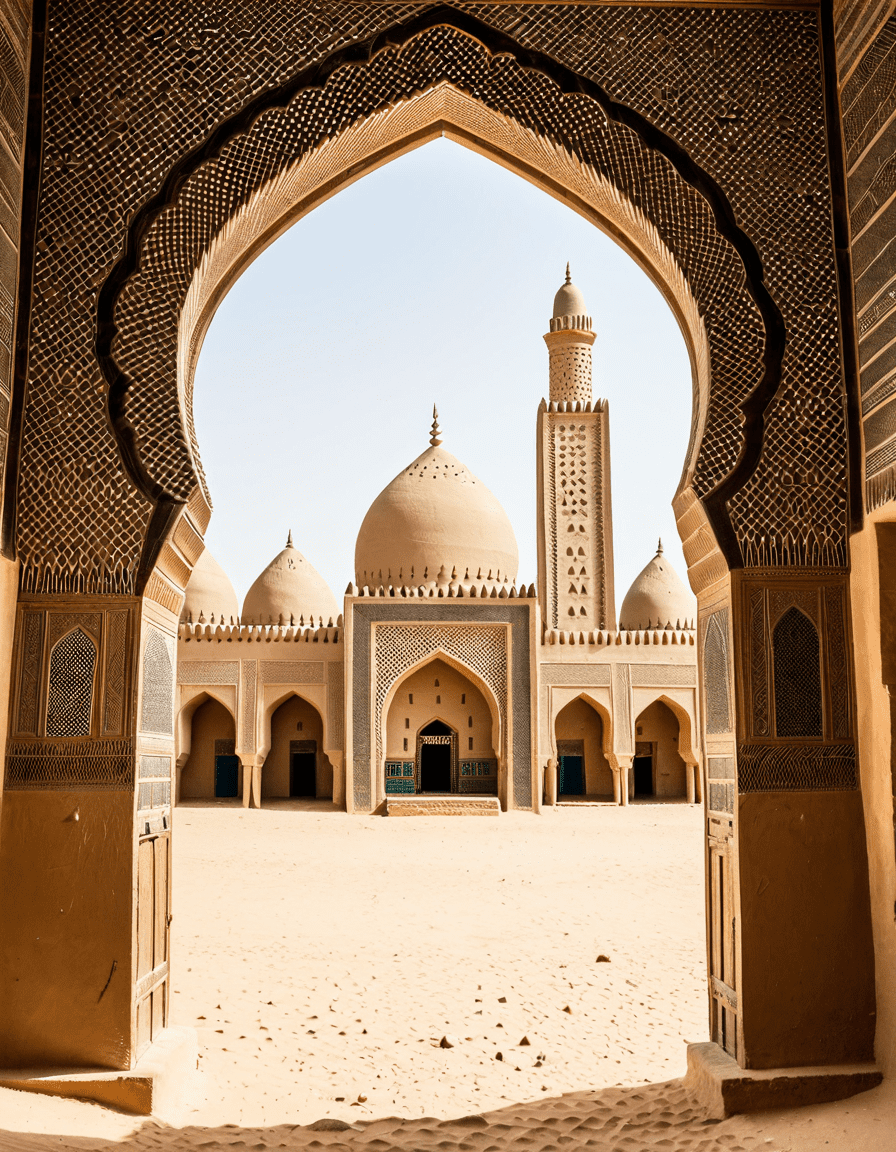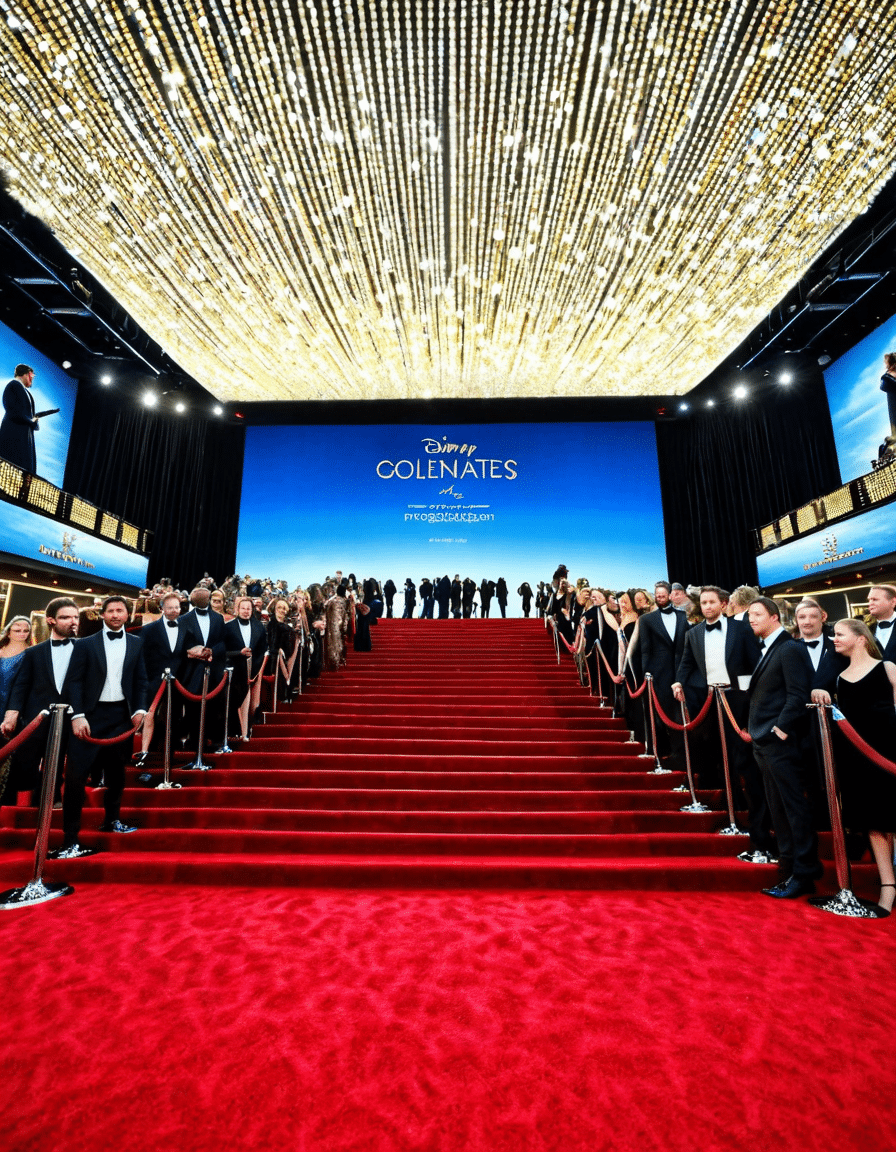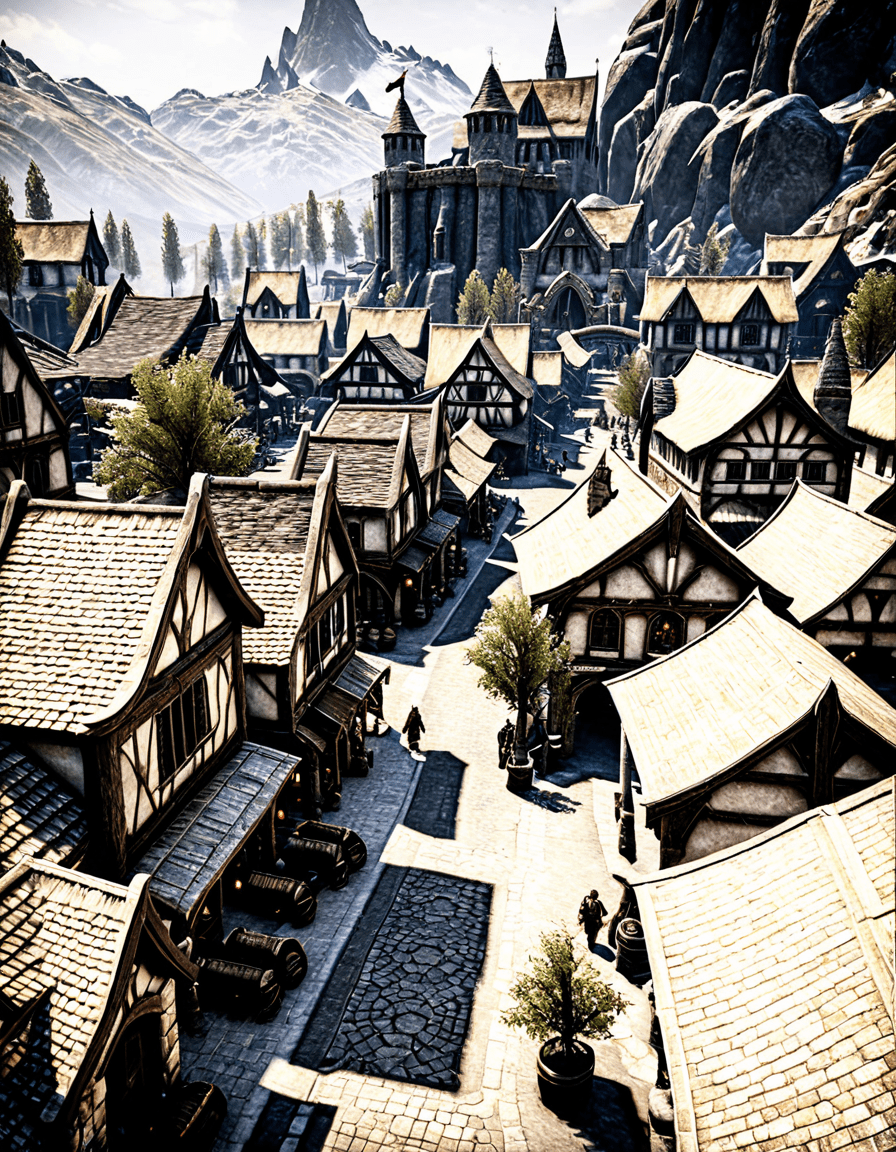Timbuktu! The name alone resonates with magic and mystery, doesn’t it? Often touted as a fabled city of ancient scholarship, Timbuktu is nestled in Mali, capturing imaginations for centuries. Founded in the 11th century, this remarkable city transformed into a bustling hub for trade and a vital center for Islamic culture and learning during the medieval period. In this article, let’s embark on a journey through the captivating history of Timbuktu, as we explore what makes it an extraordinary city of knowledge and history!
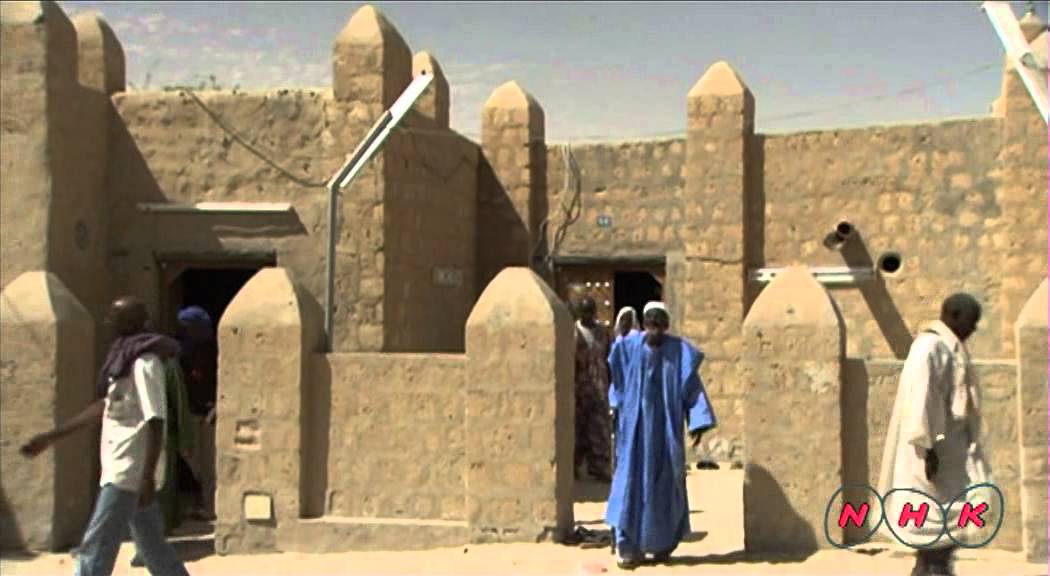
The Top 7 Remarkable Features of Timbuktu
Timbuktu’s charm extends beyond its sandy landscapes. It brims with history, culture, and extraordinary institutions. Here are the top seven features that illustrate Timbuktu’s incredible legacy:
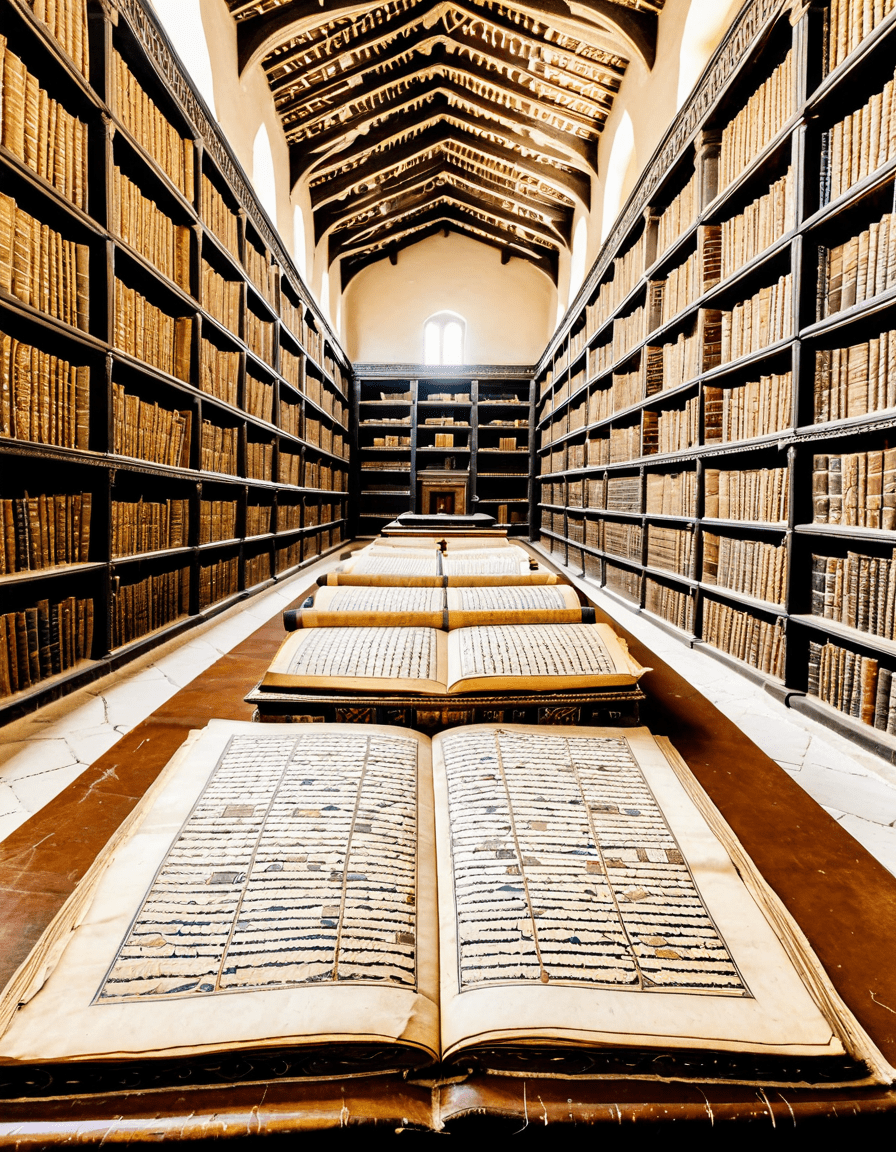
1. The Manuscripts of Timbuktu
Imagine holding a treasure trove of knowledge in your hands! Timbuktu is home to over 700,000 ancient manuscripts that date back to the 13th century. These precious documents cover everything from astronomy and mathematics to literature and Islamic law. The Ahmed Baba Institute, named after a prominent scholar, was established to preserve these manuscripts and continues to be at the forefront of research and restoration efforts. Isn’t it amazing how a city can preserve such an extensive library of history?
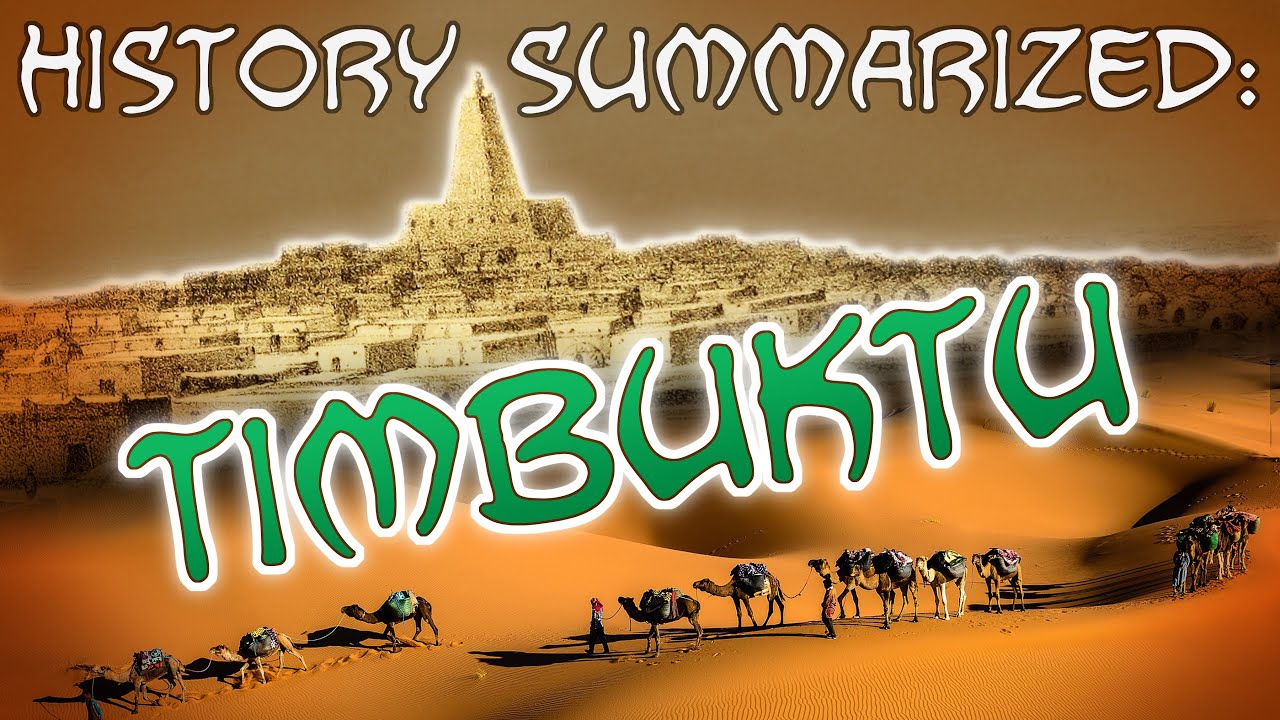
2. The University of Sankore
Let’s turn the pages of time to the 14th century, when Timbuktu was home to the University of Sankore, one of the world’s first universities! Scholars from across the Islamic world flocked to this institution, diving into studies that emphasized theology, medicine, and philosophy. This university didn’t just shape the academic landscape of Mali; it influenced regions far and wide, making Timbuktu a beacon of enlightenment during the medieval era. Talk about the city raising the academic bar!
3. Architectural Marvels: The Djinguereber Mosque
Standing tall since 1327, the Djinguereber Mosque is a showstopper that defines Timbuktu’s skyline. This architectural gem showcases the Sudano-Sahelian style, built from mud and clay, blending seamlessly with the sandy surroundings. Not only is it a place of worship; it symbolizes the city’s resilience and rich history. Whenever you see this stunning mosque, it’s like a reminder of Timbuktu’s unwavering spirit!
4. The Influence of Trans-Saharan Trade
Timbuktu’s prosperity can be traced back to its prime location along the trans-Saharan trade routes. Gold, salt, and ivory traveled through this bustling city, unlocking economic and cultural exchanges between North Africa and Sub-Saharan Africa. The influence of this trade made Timbuktu a melting pot of cultures, where ideas flowed as freely as the goods themselves. Isn’t it fascinating how trade can weave together distinct cultures?
5. A Spiritual Hub: The Sufi Brotherhoods
Timbuktu also thrived as a spiritual sanctuary for Sufi brotherhoods, including the influential Tijaniya and Qadiriyya orders. Their dedication to promoting education and the arts enriched the city’s cultural fabric. This unique blend of spirituality and scholarship showcased Timbuktu as a haven for not just knowledge, but also deep spiritual connections. There’s wisdom to be found when mind and spirit intertwine!
6. The Role of Women in Timbuktu’s Scholarship
Now, let’s shed some light on the remarkable women of Timbuktu! Figures such as Nana Asma’u, a scholar and educator, played pivotal roles in advancing education for women in their communities. Their contributions were vital for the preservation of Timbuktu’s intellectual heritage and revealed the vital role women played in shaping history. Understanding their immense impact brings to light the often-overlooked gender dynamics in knowledge production.
7. Recent Challenges and Resilience
Fast-forward to recent years, and the sandy streets of Timbuktu faced unprecedented challenges during the 2012 occupation by militant groups, which threatened the city’s very essence. Yet, it’s heartening to hear stories of resilience. Local and international efforts rallied to restore damaged sites and digitally archive the manuscripts, showcasing Timbuktu’s spirit to rise above adversity. Isn’t it inspiring to see how communities come together to safeguard their legacies?
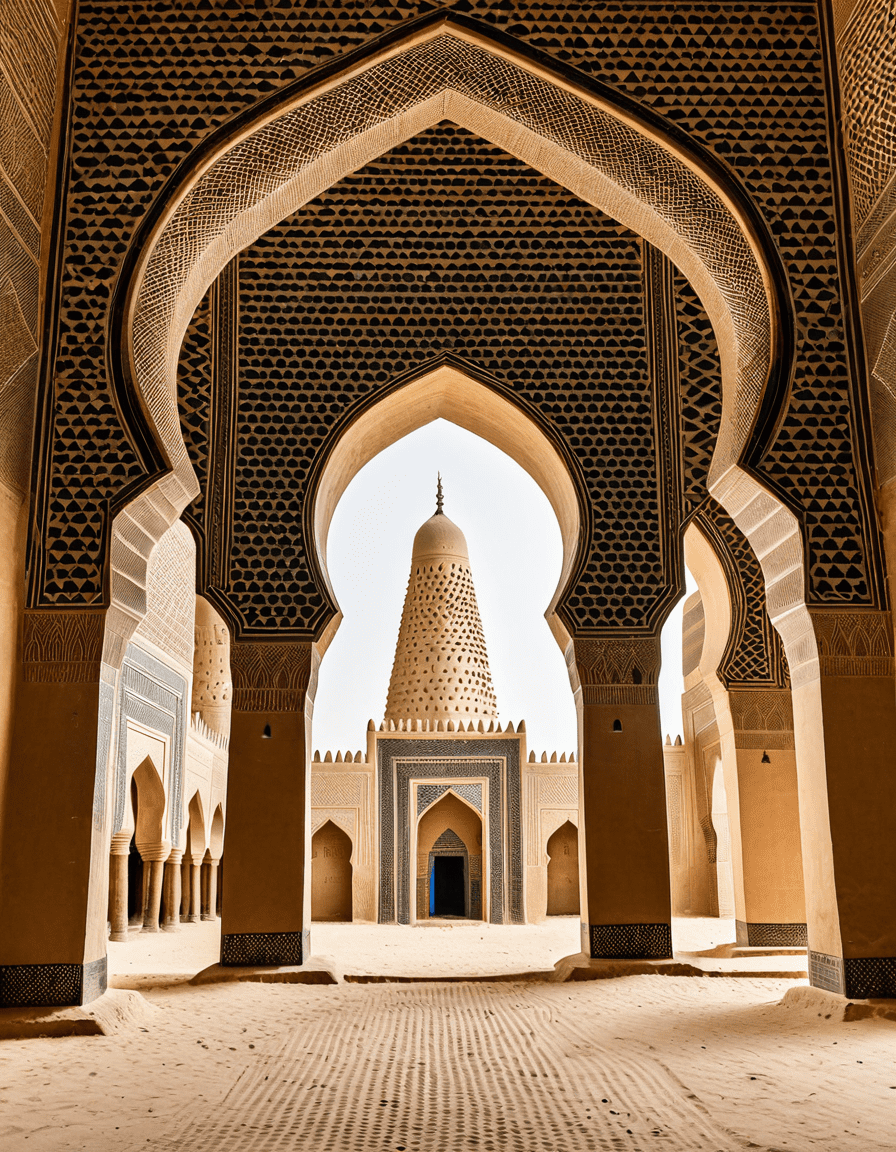
Timbuktu: Reimagining Cultural Heritage in the Modern World
As we saunter through the complexities of the 21st century, Timbuktu stands as a guiding light, reminding us of the importance of preserving cultural heritage. Its manuscripts, historical landmarks, and the indomitable spirit of its people demonstrate resilience amidst trials and tribulations. Nowadays, Timbuktu serves as a historical beacon, illuminating paths for communities globally while striving to maintain cultural identities in the face of globalization.
Reflect on Timbuktu for a moment! The city’s rich legacy of knowledge and scholarship transcends geographical boundaries, imparting valuable lessons on education, preservation, and the interconnectivity of cultures. As we move forward, the essence of Timbuktu remains vital — a touchstone reminding us that despite differences, we share a common quest for knowledge and wisdom.
In the end, Timbuktu isn’t just a name on a map; it’s a powerful narrative of endurance, education, and enlightenment. Whether you catch a flick featuring the great Louis Gossett or hum to the tunes of Joni Mitchell, remember that these are echoes of culture, much like the stories of Timbuktu. So, the next time you hear the name Timbuktu, let it spark curiosity and inspire the same spirit of learning and resilience that this extraordinary city embodies!
So, what do you say? Isn’t Timbuktu a treasure worth celebrating?
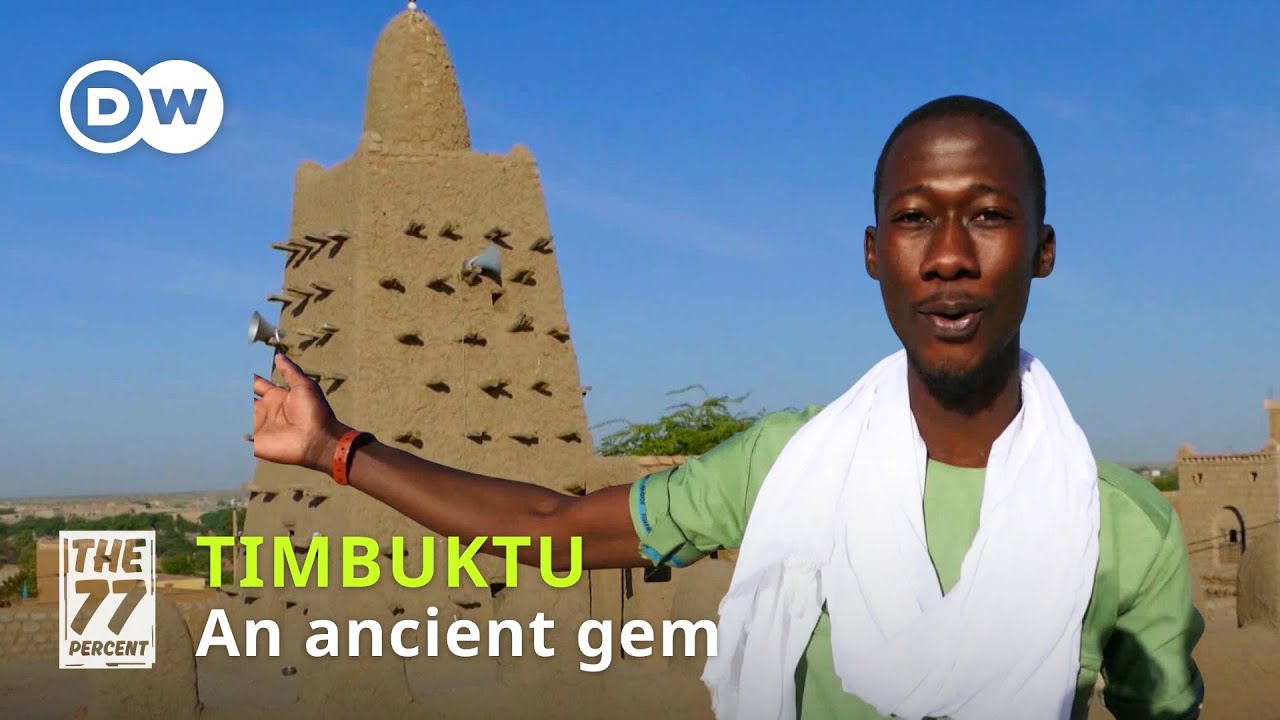
Timbuktu: The Extraordinary City of Knowledge and History
A Cultural Treasure Trove
Timbuktu is not just a name on the map; it’s a bustling center of history and scholarship that has withstood the test of time. Established as a key trading post in the 12th century, Timbuktu became a melting pot of cultures and ideas, attracting scholars from across the globe. In fact, it’s often referred to as the birthplace of many influential texts, particularly in areas like mathematics and astronomy. Talk about brainpower! Did you know that pen in Spanish actually translates to “pluma”? As a hub of communication, Timbuktu definitely had its fair share of pens flying across desks.
The Architectural Marvels
When you stroll through the ancient streets of Timbuktu, you’re stepping into a living museum. The mud-brick mosques, like the Great Mosque of Djenné, showcase stunning Sudano-Sahelian architecture, shedding light on the city’s architectural prowess. Intriguingly, these structures are still functional. And just like the quirky scene in Overboard, where things get hilariously chaotic, Timbuktu’s architecture tells stories of resilience and adaptation throughout centuries of change. If you think about it, this is similar to how diverse locations like St. George Utah incorporate their own unique blends of old and new in their architecture.
A Legacy of Knowledge
Timbuktu houses an astounding library of manuscripts that date back to the Golden Age of Islamic scholarship. It’s like walking into a treasure chest of knowledge! Among these manuscripts are works that delve into philosophy, history, and science—many of which were lost in other parts of the world. Interestingly, just as the biblical tale I Have No mouth And I Must Scream speaks to existential struggles, the manuscripts in Timbuktu resonate with the human experience across centuries, revealing the enduring pursuit of wisdom. Isn’t it fascinating how knowledge travels through time, finding homes in unexpected places? Speaking of unexpected places, the Hampton Inn pigeon forge has its own stories, showcasing how hospitality offers insights into the culture of a locale.
In conclusion, Timbuktu stands as a beacon for learning and cultural exchange, showcasing a rich tapestry woven from diverse threads. From its architectural wonders to its treasure trove of knowledge, this city leaves an indelible mark on anyone lucky enough to explore its corners, just like the talented Actors who bring stories to life on screen. So next time you’re diving into a book, consider that wise old city and the legacy it proudly shares with the world!
